We use the colour wheel to mix hair dye correctly, neutralize hair colour, and choose the best colour for your next look. Everyone is different, so no one has the same hair. This has to do with the natural hair colour and undertone, but also with the structure and health of the hair.
FIRST, WHAT IS THE COLOUR WHEEL?
The colour wheel shows all the colours in relation to each other. The primary colours (red, blue, and yellow) mix to make the secondary colours (green, purple, and orange), and the outer ring shows all of the colours mixed.
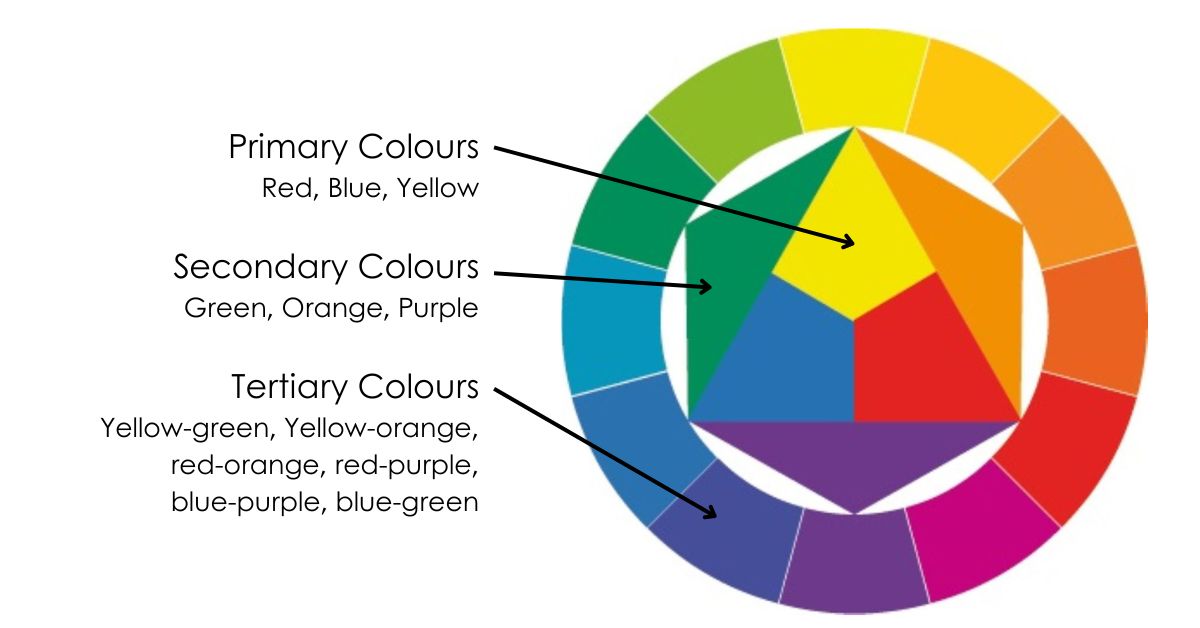
So for example, mixing red and yellow creates orange. Mixing orange and red creates red-orange. Mixing orange and yellow creates yellow-orange.
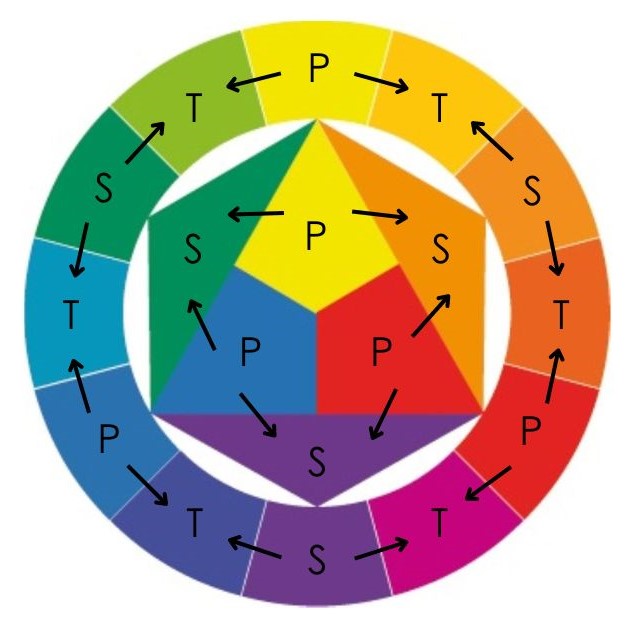
This concept works the same in hair. If your hair is yellow and you dye it red, it might turn orange instead of red. Similarly, if your hair is blue and you dye it red, it will turn purple! This is one of the most important aspects to always take into account when dyeing your hair. It is near impossible (or just very damaging) to always start with a white base before dyeing especially if you are bleaching it every time, so it is much healthier to dye it based on the colour still left in.
WHAT HAPPENS IF I WANT A DIFFERENT COLOUR?
If you are starting with green hair, and want red hair, this will be very difficult. As you can see on the colour wheel, these two colours are opposites.
Mixing any two opposites will result in a neutral brownish colour! We would otherwise recommend going for a different colour closer to green, such as yellow or blue.
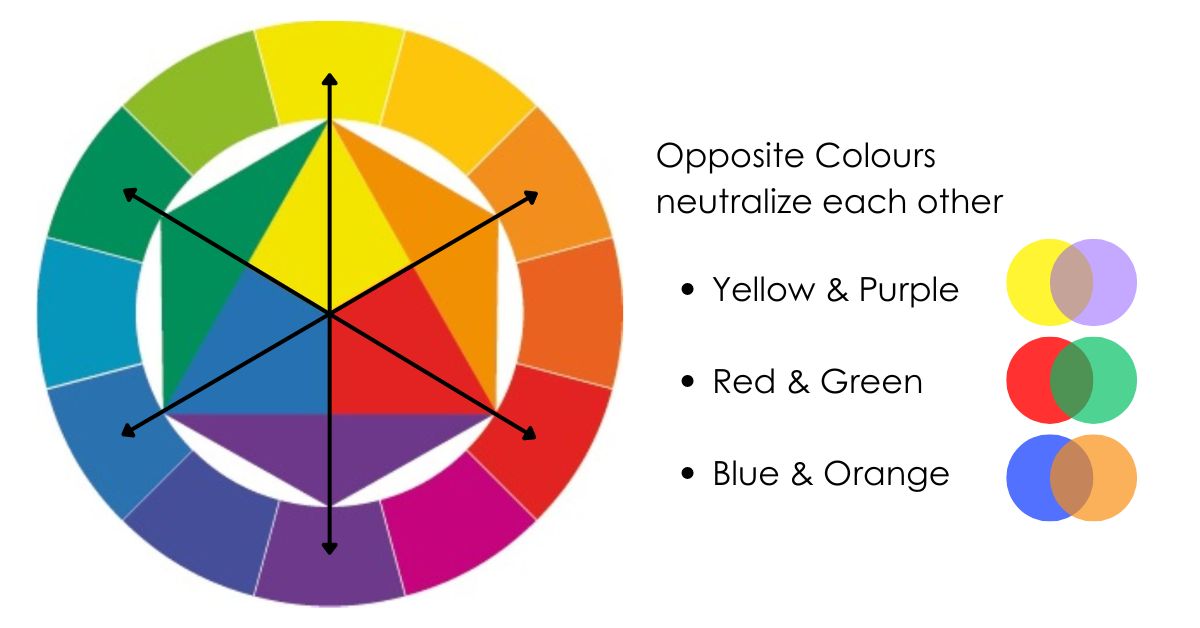
If you are still adamant about getting to red, the safest choice would be to follow the colour wheel, either left or right, to end up at red. That means: dye yellow, let it fade, dye orange, let it fade, dye red. This may take a while, but is a lot safer for your hair than bleaching it or using a colour remover.
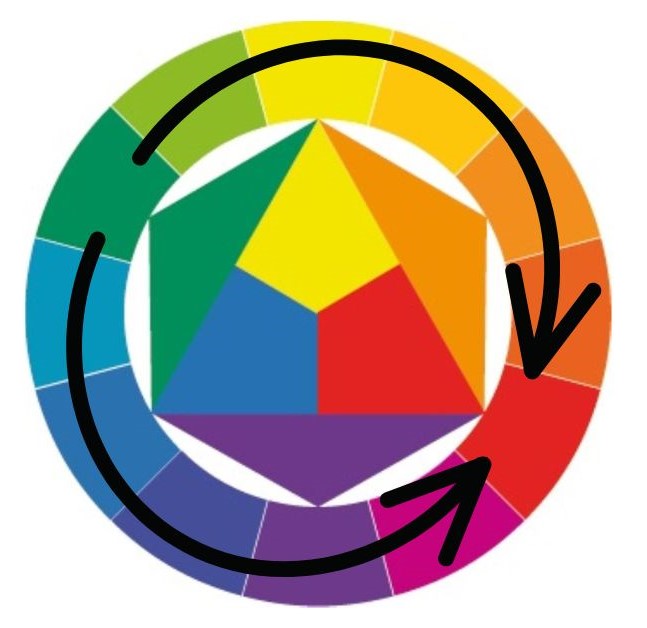 HOW DOES THIS RELATE TO TONING?
HOW DOES THIS RELATE TO TONING?
As we mentioned before, using opposite colours causes a neutral colour. This is why it is recommended to use a purple toner or purple shampoo to remove yellow tones after bleaching. The diluted purple neutralizes the yellow of the bleached hair! Similarly, orange tones may be neutralized using a blue toner to create a more neutral brown colour.
You could even use this trick to neutralize green from the hair, by mixing a small amount of red dye with shampoo, making the green less bright.
WHAT ABOUT A LIGHTER/DARKER COLOUR?
It is also important to take into account the saturation of the colours you are working with. A light yellow on top of a dark blue will not make much of a difference and still stay blue with a greenish tint, but a dark red on top of a light yellow will result in a dark red, possibly with an orange tint. The more saturated/dark colour will always overpower.
Imagine it like a black wall versus a white wall. Covering both in light green paint will result in two very different results.
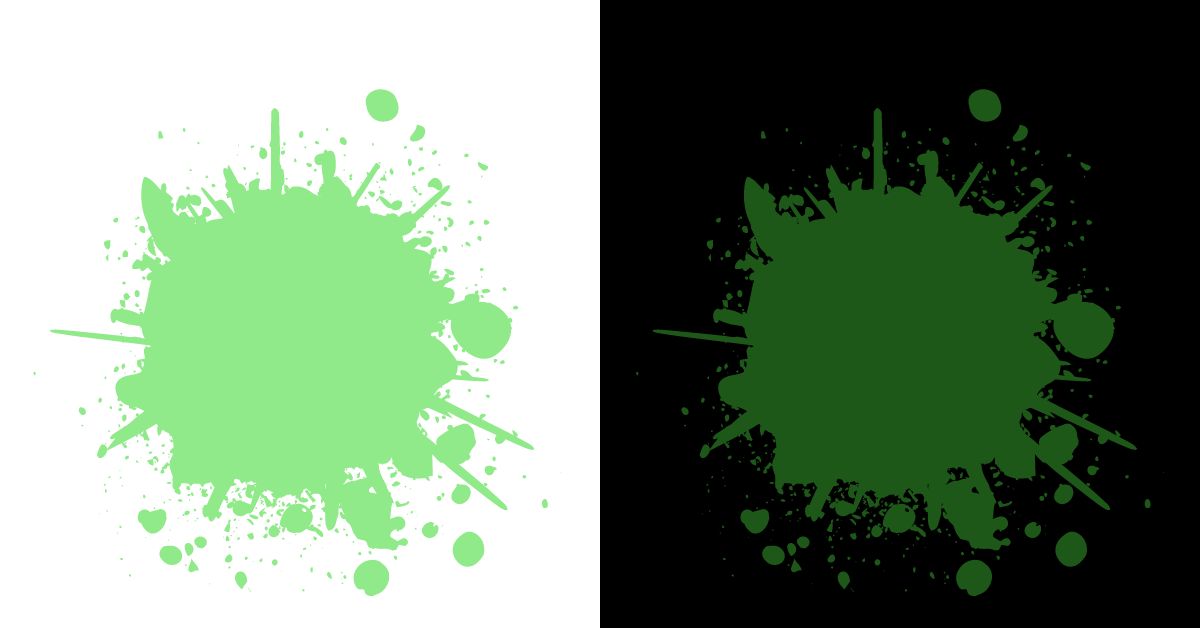
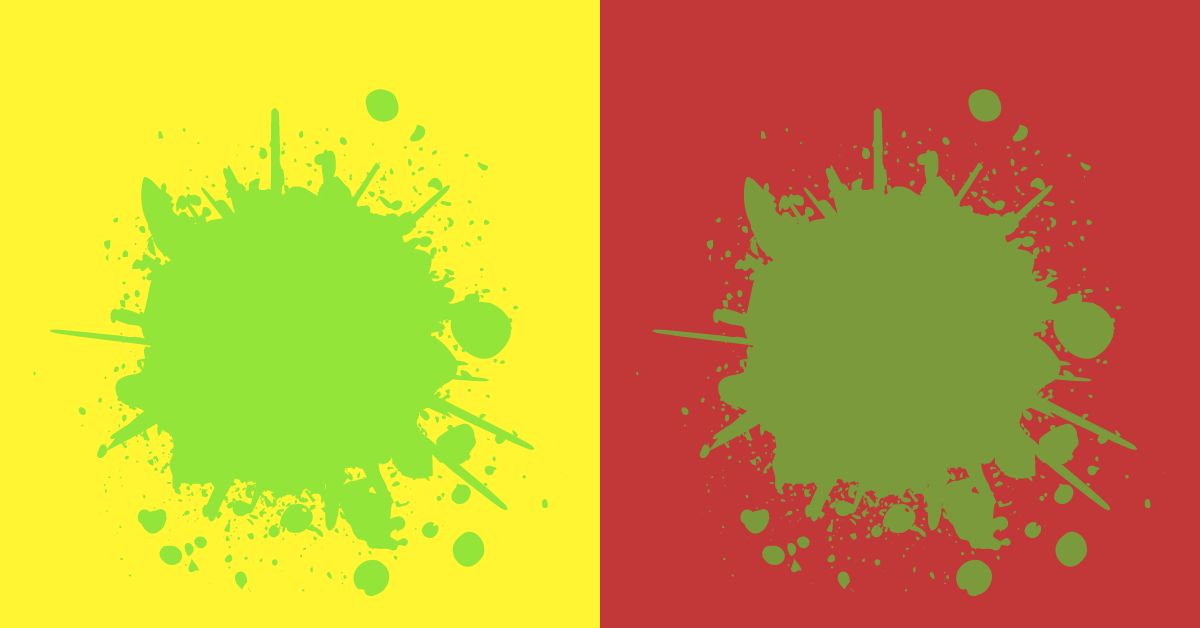 SOS, MY COLOUR CAME OUT DIFFERENT TO WHAT I EXPECTED
SOS, MY COLOUR CAME OUT DIFFERENT TO WHAT I EXPECTED
This is most likely because of the colour already in your hair! For example, if you've bleached your hair and dyed it purple, but it later washed out to become green! This can be explained by the yellow undertones from bleaching mixing with the blue undertones of the purple dye and washing out to a greenish colour. This is why toning before dyeing is important to ensure you start with a neutral base.